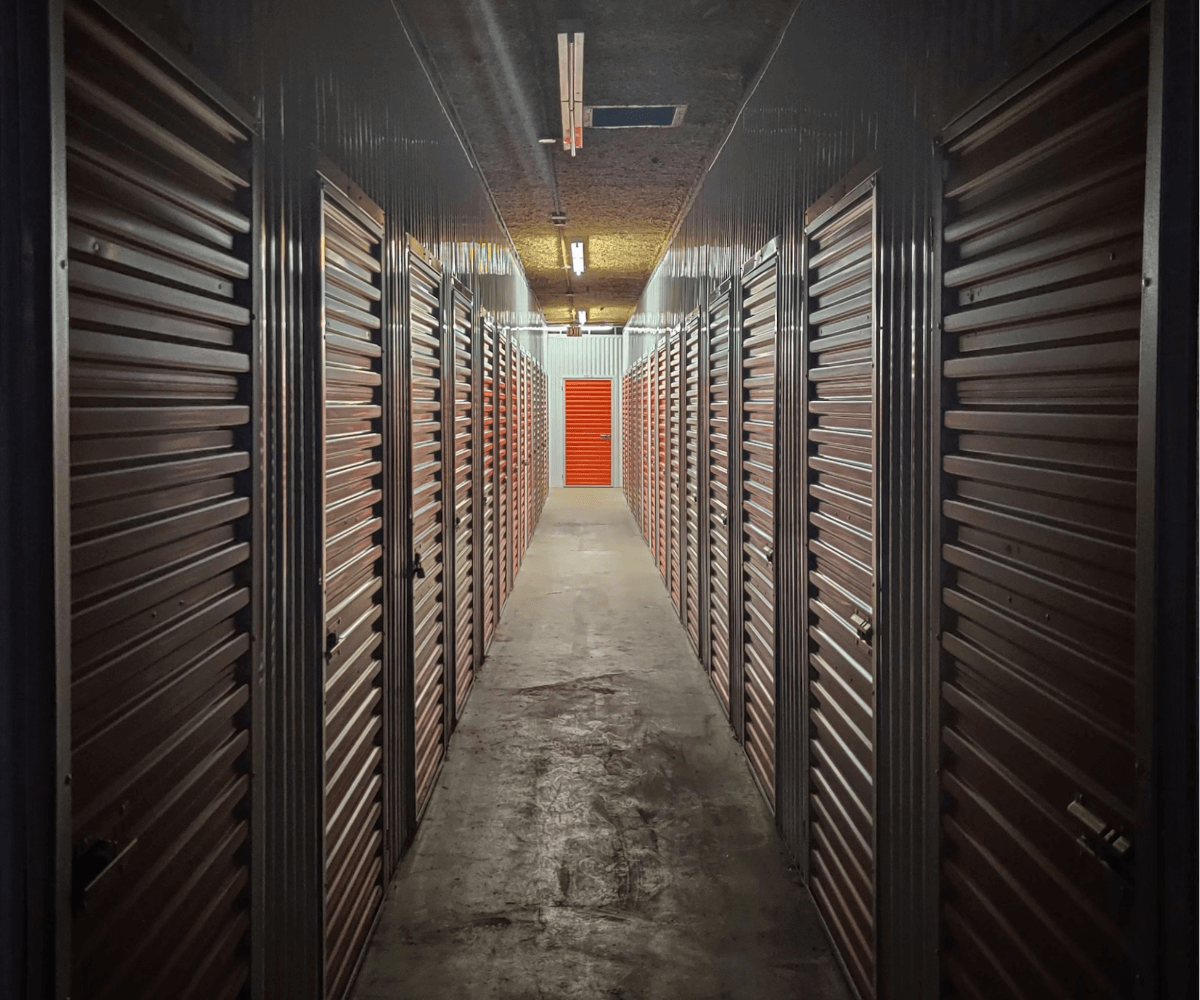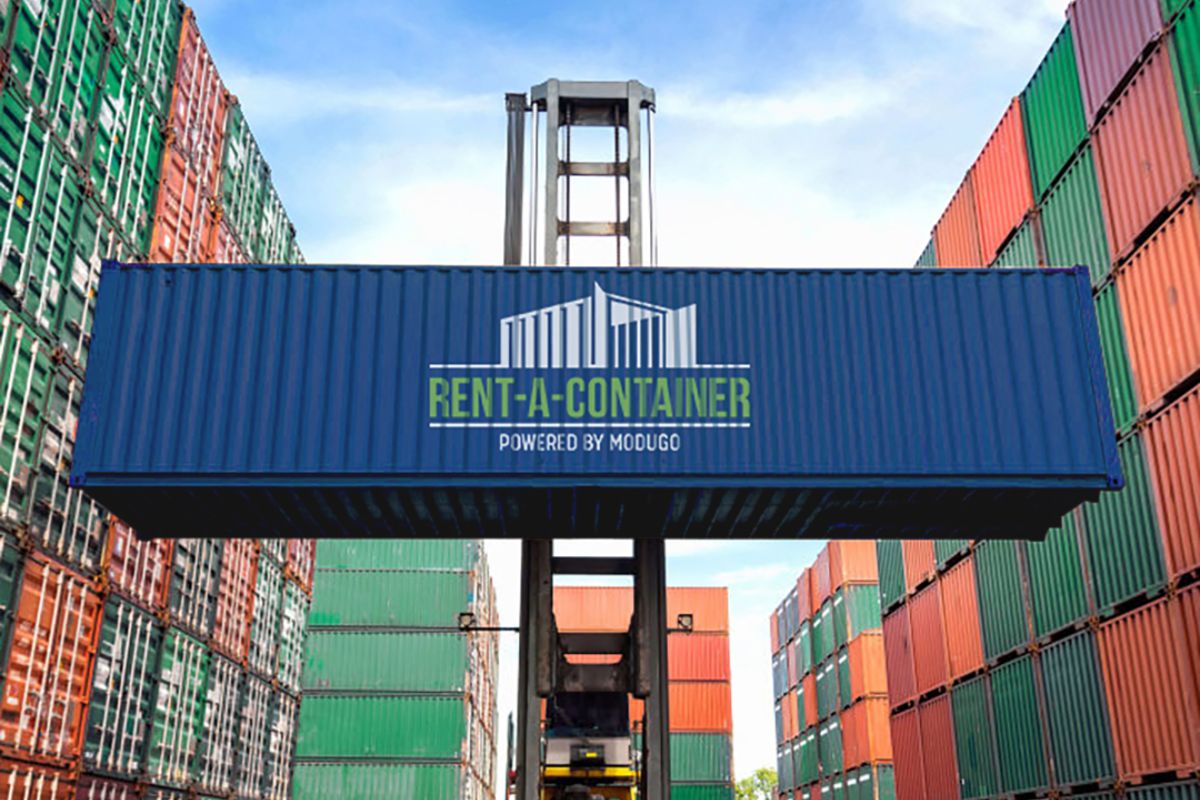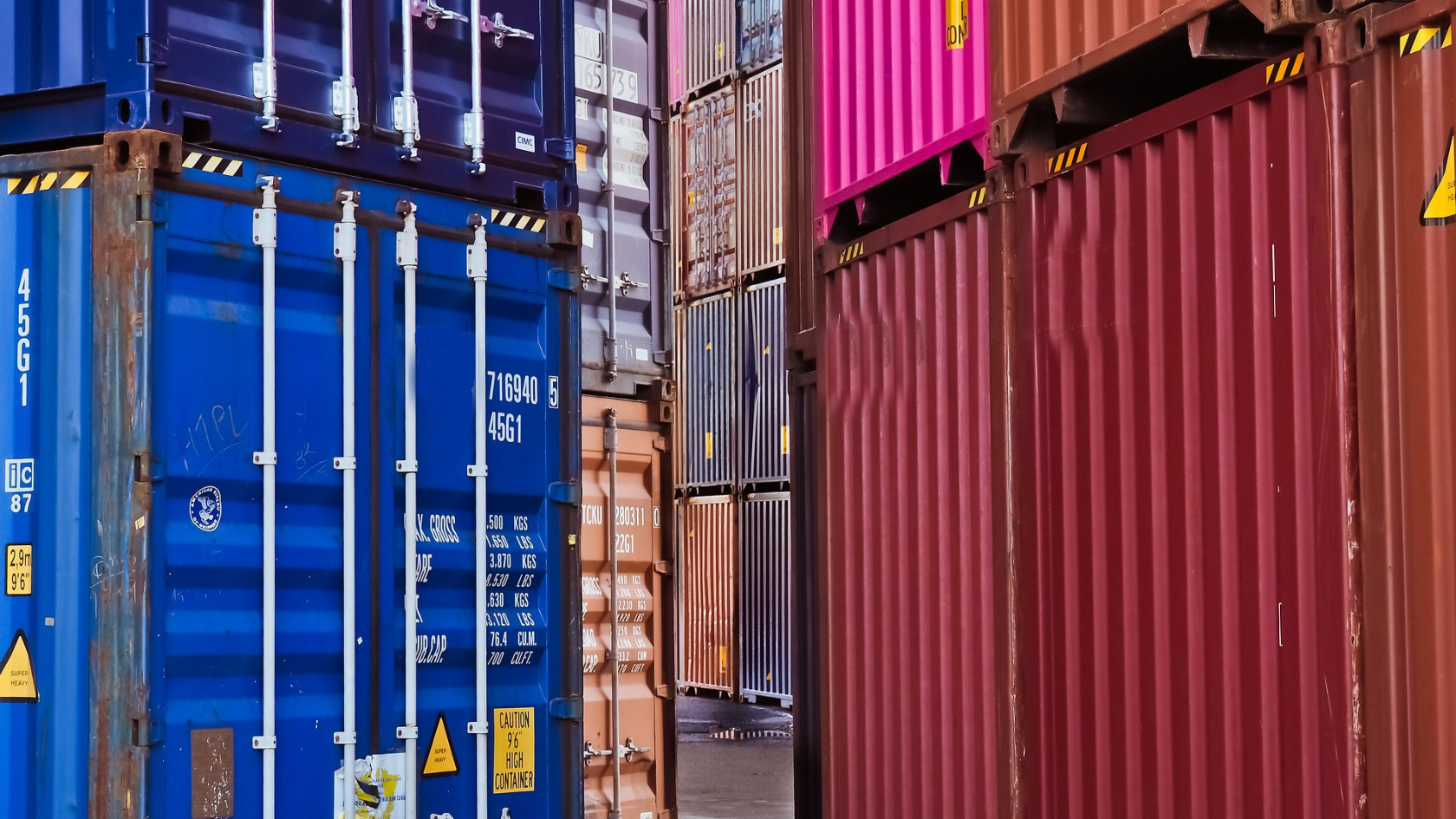
Temporary Storage: What Options are Available?
Whether you own a business or not, chances are that at some point, you’ll need extra storage space. With so many different storage options available– for both long-term and temporary use– it can be difficult to decide what is best for you and your needs. Not everyone needs to store things for a long time, and sometimes it’s most convenient for businesses to keep a temporary storage unit onsite. But before you can decide what suits you best, it’s a good idea to learn about the variety of temporary storage options available and what they cost. This is where we come in. Here we’ve pulled together a guide to what kinds of temporary storage are out there, what each type is most useful for, and how much each costs on average. If you’re in need of temporary storage and don’t know where to start, read on– we hope you’ll find some answers! Types of Temporary Storage Spaces There are lots of types of temporary storage spaces out there. These are some of the most common ones: Shipping Containers The final– but certainly not the least useful– type of temporary storage available is shipping containers. Shipping containers combine many of the most useful characteristics of other storage units. They can be located onsite or off site, kept outside or stored inside a warehouse building, and, depending on the features you add to yours, they can also be climate controlled. They also come with a variety of door arrangements that may prove more or less useful for your specific storage needs. If you need quick access to both ends of your storage container, for example, a double door container may be a good pick, whereas a side door container is ideal when you need access to everything in your container at a moment’s notice. Shipping containers also come with a solid amount of economical storage space. They come in different sizes– usually 20′ long or 40′ long, with a width of 8’ and a height of 8.5’. This may not sound nearly as big or useful as, for example, a whole warehouse. But it is still a lot of storage space– a 20’ shipping container could fit a one or two-bedroom apartment inside of it, while a 40’ container could fit up to a three-bedroom apartment. You also have the benefit of having vertical storage space, which goes a long way to maximize how much you can stow away in one of these containers. Shipping containers can also be stacked easily, meaning you can fit more storage in less space across multiple containers. Tents First on the list of types of temporary storage spaces is the storage tent. As with most tents, these are portable and can be constructed and taken down relatively quickly. Storage tents come in a wide variety of sizes– so you’re pretty likely to find one big enough to suit your needs. Storage tents are generally lightweight, making them easy to move. They consist of metal framing and a watertight material cover. The frame can be made of metals like steel or aluminum– depending on the quality of your tent– and the material cover is usually a variation of HDPE or PVC. HDPE, or high-density polyethylene, is an extremely strong polymer that can withstand a wider range of temperatures and outdoor conditions than many of its weaker counterparts, while PVC is an extremely common polymer. This makes them great materials to use on a temporary tent, but may pose some problems if you’re concerned about keeping things environmentally friendly. Furthermore, although storage tents are covered with strong polymer materials, they are still most certainly not meant to be permanent structures. With their light framing and material covers, storage tents do have a limit to what kind of weather conditions they can handle. Excessive wind can also pose a problem since, as with most tents, these are anchored to the ground with weights and nails. Still, storage tents can be excellent options for short-term, onsite storage. Leasing Buildings If you need lots of storage space and aren’t too picky about where it’s located, leasing space at a warehouse might be an excellent option for temporary storage. Warehouses, unlike tents, are of course permanent structures, which makes them ideal for areas with consistently harsh weather conditions. Their sizes range from small to sprawling, so if you need more storage space than a tent, self-storage unit, or shipping container can provide you, this is something to keep in mind. Permanent warehouse buildings can also be used for much more than storage. Although generally, leasing a building will mean that your belongings are not at your business location, you can certainly set up temporary office spaces inside a warehouse. This enables you to carry on your day-to-day work while also having immediate access to supplies instead of having to transport it from one location to another. If you need your storage space to be close to your main business– meaning that a satellite office won’t work for you– then warehouses can be a little bit cumbersome. Since you can’t just pick up a warehouse and set it down wherever you want, you may be forced to spend some travel time getting to your storage space if you can’t just set up an extra office inside of it. However, if the convenience of having so much space at your disposal outweighs the inconvenience of having to travel to get to your warehouse, it may still be a viable option. The other thing to keep in mind if you’re considering leasing space at a warehouse or other storage building is the fact that these are in high demand, and in some locations, there aren’t really many leasing opportunities available. If there simply aren’t many buildings or warehouses to lease in your area, you’ll probably want to consider other types of temporary storage, too. Self-Storage Units We’ve probably all passed self-storage units on the road before. They’re easily recognizable– just big buildings packed with





